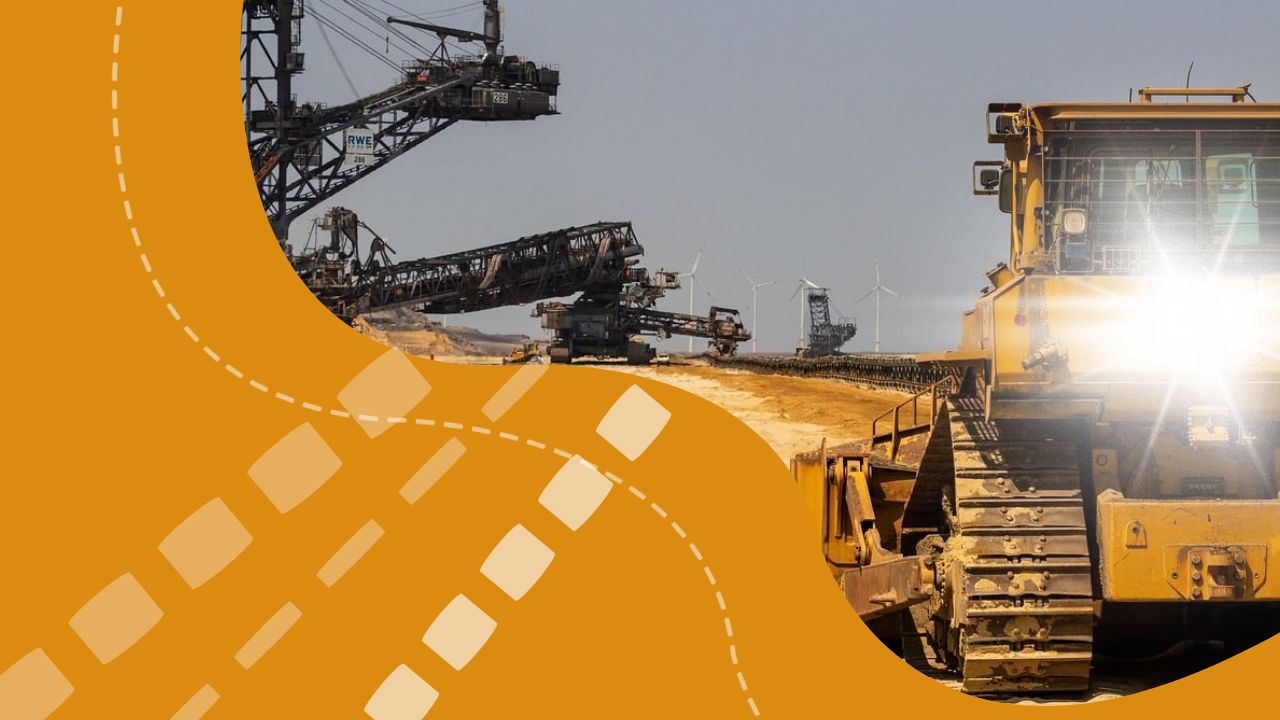Policymakers know that the stakes are high at this moment of transition in Europe. Will they realise how important it will be for that growth to ‘come from within’? Prioritising European-made steel will help ensure resilient EU clean tech value chains.
Axel Eggert is the Director General of the European Steel Association (EUROFER).
In a local shop the other day, I saw one of those decorative quote boards. It read, “Resilience comes from within”. While I most definitely was not in the market for such an object, the word ‘resilience’ caught my eye because recently we’ve been hearing that term a lot around Brussels. Resilient and secure EU clean tech value chains are key to cutting CO2 emissions and achieving carbon neutrality.
But the conversation also must focus on what it will take to build a clean energy supply chain for the EU. Steel is, quite literally, the foundation of Europe. To ensure that the EU meets its ambitious Green Deal climate goals and remains prosperous and autonomous, the steel that builds the backbone of Europe’s growth must ‘come from within’ – and be made in Europe.
As they consider impending policies, European policymakers need to know what’s at stake. Simply put, prioritising European-made steel will make the EU clean tech value chains more resilient.
With more than 60 decarbonisation projects underway, and with its first breakthrough technologies to implemented at industrial scale already in 2025 and 2026, the European steel industry is paving the way for a truly net-zero emissions economy. If implemented successfully in Europe, these projects will deliver dual benefits: 1) they will create demand for clean hydrogen and electricity, and 2) they will supply the green steel that is needed to build windmills, electrical vehicles, modern buildings and infrastructure.
However, this successful transition cannot – and should not – be taken for granted. Production costs for EU steel companies are increasingly uncompetitive compared to those in third countries, where energy costs are 2-4 times lower than in the EU. Global overcapacities, often fuelled by state subsidies, result in unfair trade practices that undermine the economic sustainability required for the decarbonisation investments.
In the last decade alone, Europe has lost 26 million tonnes of steel production capacity and a quarter of its workforce. Thus the EU has become a net importer of cheaper and highly carbon-intensive steel from China and other countries. In fact, imports into the EU have reached a historical record of 28% market share.
This time things are different. As other strategic clean tech sectors, such as wind and electric vehicles, start experiencing the same vicious circle, there is a growing understanding that the EU must change course.
We face two game-changing factors. First, the geopolitical and economic system we have relied on since the end of the Second World War is now under question. Second, Europe is losing its competitive edge to the US, China and other countries. Commenting recently on the EU’s eroding global competitiveness, former president of the European Central Bank and former Italian prime minister Mario Draghi said the EU should be very worried about competitiveness, and cited high energy costs as a key issue to be addressed.
If the global race for clean technologies is now the new engine of Europe’s prosperity, we must lead it. We need to thrive, not just survive. The EU can no longer rely on systemic dependencies, whether they are with friends, frenemies or rivals.
Today, open strategic autonomy lies at the heart of the clean tech value chain. What does this mean in practice? As European Commission President Ursula von der Leyen rightly stated in her 2023 State of the Union Address, ‘from wind to steel, from batteries to electric vehicles, our ambition is crystal clear: the future of our clean tech industry has to be made in Europe.’ Without a clean tech value chain in Europe – that is, without windmills, solar panels, electrolysers, batteries, and electric vehicles – we risk losing our prosperity and our autonomy.
And each one of those technologies, and so many more, are forged with steel. Steel forms the backbone of the entire clean tech value chain, and the material has underpinned the EU’s economy since the Schuman Declaration in 1950. Today, nearly 75 years later, steel accounts for 2.5 million jobs (direct, indirect and induced) and generates €143 billion in Gross Value Added annually across sectors. Steel and other industries that are essential for clean tech value chains must be at the top of the EU agenda today and after the 2024 elections.
So, how to put von der Leyen’s words into practice and ensure the transition to a sustainable European steel industry? EU policymakers should focus on five priority areas, as outlined in the Manifesto of the European Steel Industry:
- Industrial policy: streamline a joint green industrial policy across all policy areas to spur investments and create lead markets for green products, under the coordination of a Commission Executive Vice-President.
- Energy: urgently deliver internationally competitive energy prices for the industry, while accelerating the production of clean electricity and hydrogen as well as prioritising its use in sectors with the highest CO2 abatement potential.
- Trade: establish an effective EU-US Global Arrangement on Sustainable Steel to tackle global emissions and address excess capacity, while enforcing a robust trade policy as well as implementing an effective Carbon Border Adjustment Mechanism (CBAM).
- Raw materials: ensure access to both primary and secondary raw materials including steel scrap, which are essential for the green transition, while saving natural resources and emissions.
- Skills: attract young talent to support the sector’s transition, and upskill and reskill the workforce to ensure a just transition.
Resilience is key, and it comes from within our borders. Europe’s future can only be stronger with European steel.

